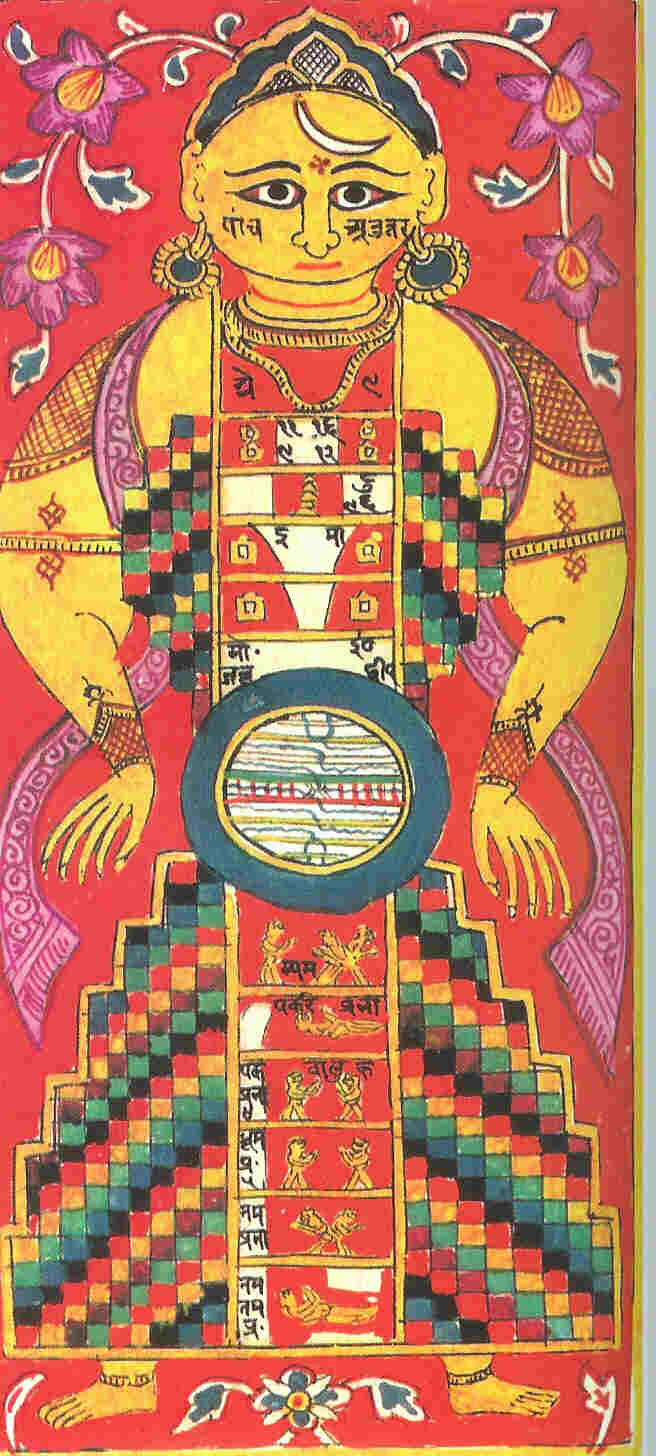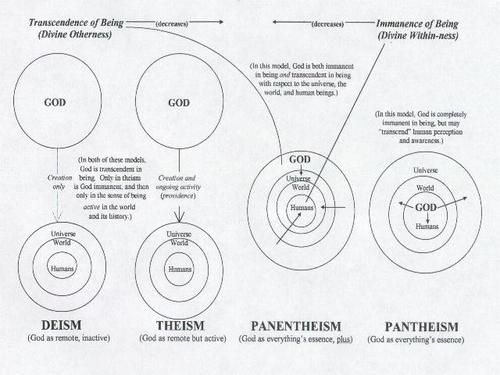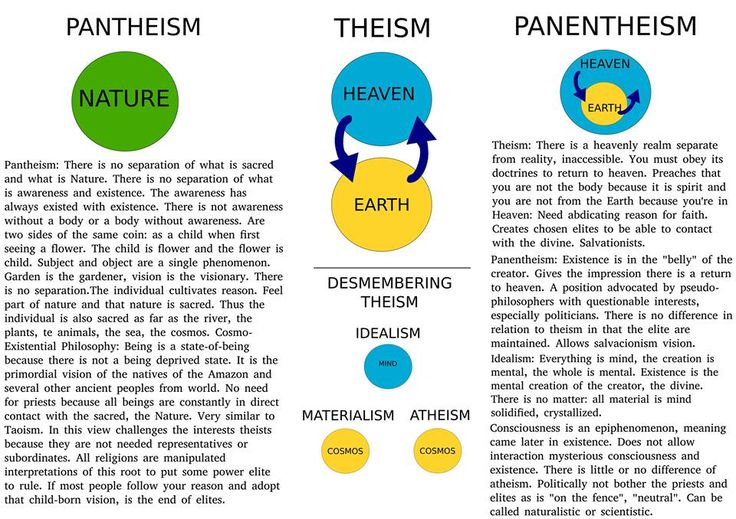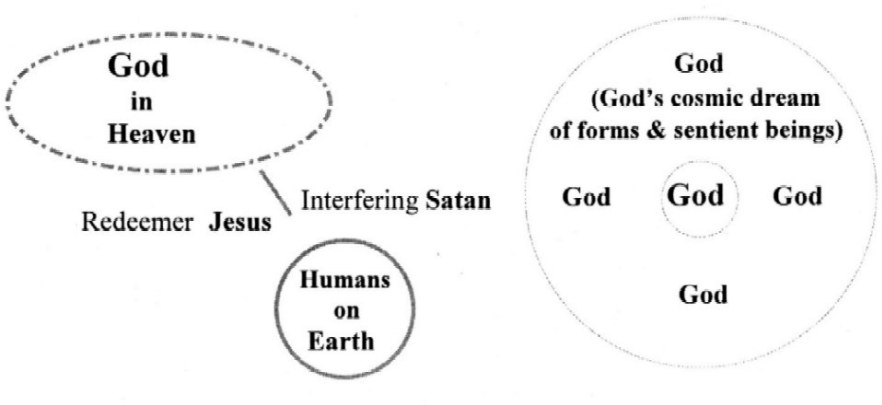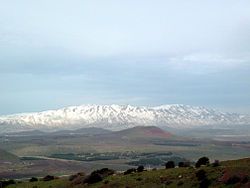Uh, you didn't provide any evidence for a Jewish presence in China prior to the Fourth Century. What you do present below is evidence for the a Jewish presence during the Tang Dynasty. Okay, I'll go with that. I got the Sung Dynasty from one of the websites you yourself was claiming as evidence! Only it said something totally different from what you said. And I'm seeing that happen a lot.
As said before, You already noted consistently where you avoided actually dealing with evidence because you neither investigated university resources - or the actual scholars (i.e. Dr. Francis Woods, Dr. Martin Palmer on the issue). If you're going to spread a falsehood, then one can seriously choose to do better than this since there were already Jews present BEFORE the Tang Dynasty and trying go past that is begging the question - as said before.
Youtube does not constitute primary sources.
Bad excuse on your part...
Ignoring the fact of where museum presentations actually deal with either artifacts or addressing the inscriptions from eras at sites (primary), trying to speak on YouTube is a means of poisoning the well since nothing you said shows what was said in video to be inaccurate, just as it would be silly for anyone to claim that a presentation from the Smithsonian on Civil War documents was somehow not "primary" and excuse themselves from actually interacting with the material. This is a basic in academia and you have tried to avoid that simple reality often - although it is really rather pointless.
I see nothing on that website that supports your assertions.
Harping on what you don't feel to be said is not the same as either quoting directly from the website what was off - or showing it to be untrue, as you've only repeatedly tried to make assertions without giving any historical basis - or even academic backing outside of your opinions alone. That will never do for discussion if wanting to be taken seriously.
Then quote me where it does so because I'm really tired of chasing this stuff down only to find it says something totally different than what you state it says.
It is no one's job to do your homework when the fact of the matter is that you've already done
Argument By Selective Observation - and it is inconsequential what you either are or are not tired of. That has little to do with the fact that you've already ignored what was shared earlier, so there's no need trying to ask others to bring up the same thing you already admitted multiple postings ago that you didn't even check out - and note, claimining something is totally different than what you state it says" isn't true simply because you repeated it. All you've done at this point is
Proof by assertion, sometimes informally referred to as
proof by repeated assertion, in which a proposition is repeatedly restated regardless of contradiction. Until you can actually quote directly where something is different than what I or others state, you do not have any real case and need to do better.
Again, already noted it earlier - either one will deal with it, or they are wasting the time of others.
That sentences doesn't even make sense.
Inconsequential whether or not you're able to comprehend something others had no issue with.
Once again, Youtube videos don't constitute evidence. I won't even waste my time with them. And as for your other sources, every time I check them out they say something totally different, so please provide us with the actual statements there which support your arguments because I sure can't find them.
As said before, your argument is attempt to poison the well - and not academic in light of the fact that people in academia share videos repeatedly when discussing topics and addressing material on the subject, whether documentaries on the history of Puerto Rico or discussing types of animals. Attacking a medium is NOT the same as showing material in the medium to be true - and as you already noted you are not even able (or willing) to address what has been discussed in academia, it is evident you have little basis talking about what material is about since you went into clueless on what was actually said. That is not actually dealing with information - so until you can address that, you are essentially not worth addressing.
Others have spoken rather directly on the issue, starting with Dr. Palmer (
who addressed the Jesus Sutras on
multiple levels as well as the Nestorian Steel) - more in
The Jesus Sutras - Seven Pillars House of Wisdom
So show us where Johnson provides evidence of Christians on the Silk Road meeting Buddhists prior to the 400 A.D. when the Pure Land Sect started.
Seeing that it is again the case you've not shown where Johnson or other scholars did not already address the issue of Christians prior to 400, it is again an issue you asserting without actually proving your objection to be true - begging the question.
LOL. You are the one who is speculating. Your assumption seems to be that since there were Jews in the Persian Empire and the Persian Empire extended to the Indus Valley therefore Jews must have been in North India as well. There are some basic flaws in that line of argument. Just because I live in the US doesn't mean I've ever been to North Dakota. And you do this on the basis of the story of Esther and Mordacai? Assuming the story is historical, it took place in Ecbatana today known as Hamadan in western Iran. That's about 1500 miles away from north India.
One can do better than you have thus far if expecting to be taken seriously since you didn't show that the Persian Empire did not have Jews in North India - and then proceeded to give an argument by making an argument not addressing the issue. It is an
Irrelevant Conclusion - not to mention Disingenuous since the fact of the matter is that even secular scholars/academics have noted consistency with Jews in the Persian Empire from a historical perspective when it comes to referencing Esther and Mordacai. Besides the fact that the accuracy of the book has been attested to in differing ways and already covered before with other Jewish believers (as in places such as The Distinctly Jewish Logic of the Bible and Talmud), it is inconsistent speaking on where the story took place since what occurred with Esther in her SPECIFIC situation happened in Iran - but that has nothing to do with showing where Jews were not present in the Indian territory at that time. And as said before, it would behoove you to actually deal with the scholarship in the Jewish world on Jews in North India rather than simply speaking against it. As noted before for basic places for review, one can start with Be'chol Lashon: Population: Asia: Jews of India
:
B'nei Menashe
In northeast India, in the land mass that lies between Myanmar (formerly Burma) and Bangladesh, a small group of people have been practicing Judaism since the early 1970s, having returned to the religion of their ancestors. The B'nei Menashe are Mizo and Kuki tribesmen in Manipur and Mizoram who believe that they are descended from the ancient tribe of Menashe. Evidence shows that after the exile of 722 B.C.E., many Israelites made their way across the Silk Road, ending up in China. The Shinlung tribe, as they were called in China, eventually migrated to Burma and northeast India, losing many of their Jewish customs along the way. Although their “leather scrolls” were destroyed, the B'nei Menashe still held on to their oral history and the poems describing their ancestors crossing the Red Sea. After thousands of years of exile, they have rediscovered their roots and are returning to Judaism.
While over 300 have formally converted to Judaism and many of these have moved to Israel, thousands of others live fully Jewish lives without having yet converted. In a historic decision, Sephardic Chief Rabbi Shlomo Amar has formally recognized the Bnei Menashe community of northeastern India as “descendants of Israel” and has agreed to send a Beit Din on its behalf to the region to formally convert them to Judaism.50 In a recent turn of events, Rabbi Ekstein, founder of the International Fellowship of Christians and Jews, has informed the government of Israel that his organization would provide the $8 million to settle the 6,000 Bnei Menashe in Israel, citing the recent certification of authenticity by the Sephardic chief rabbi of Israel.
And of course, for further information at
Holocaust | The Jews of Iran - Projet ALADIN:
The Jewish community in Iran is among the oldest in the world. The first Jewish settlements near Ekbatana (Hamadan, western Iran) and Susa (southwest Iran) date to 721 BC. Jews fleeing persecution under the rule of the Assyrian King Nabuchadadnezzar II settled in Isfahan around 680BC.
In 539 BC, Cyrus the Great, the founder of the Achaemenian Empire, conquered Babylon and allowed the exiled Jews to go home and reconstruct the temple of Jerusalem. Some chose to remain and a movement of migration deeper into Persia began.
Jews in ancient Persia mostly lived in their own communities. Persian Jewish lived in the ancient (and until the mid-20th century still extant) communities not only of Iran, but of present-day Azerbaijan, Kirgizstan, Tajikistan, Turkmenistan, Uzbekistan, Afghanistan, Pakistan, and north-western India. Scholars believe that during the peak of the Persian Empire, Jews may have comprised as much as 20% of the population.
There is only evidence of one Jewish immigration to India anywhere near the time of the Persian Empire. The Cochin Jews claim that some of their ancestors came after the destruction of the First Temple. If you have evidence of other migrations, please present it in the form of a direct quote, not youtube video or a website which says something totally different.
When you first show ability to actually address primary information regardless of the medium (as you've already avoided that from earlier), then you can speak on information in direct quotes. Thus far, again, you've done neither and have avoided migrations
It is possible that a Roman Jew, perhaps Thomas, started the church in India and it only became Nestorian sometime later. But it did arrive by sea.
No one says sea was not involved, but the routes they took were never by sea alone since they also took trade routes
Yes, I have. You seem to think that posting vids and links that don't support your arguments constitutes 'facts.' They don't. You forget that the history of Persia is my main area of specialty and the main reason I sought a PhD to begin with. I have written articles on Persian Jewry.
Once again, harping on a PhD when you don't even deal with the academic work other scholars have done with Persia and then choose to avoid history when it suits you and focusing on a medium does not show one really deals properly with academia. It is a very bad excuse trying to claim information is not factual because of it being in a link or a video - no more logical than one saying that Martin Luther King's "I Have a Dream" speech where he speaks of people being judged by the content of their character is not true when someone actually posts the entire speech up or places a reference to the actual televised speech. It's bad antics and you can do better than that if expecting to be taken seriously or seen as truly respecting what the scholars have already said.
So why don't you do that? Present the evidence, not just videos or links that don't support your case.
When you actually do more than assert you're true just because you say so - despite never giving evidence for any of your verbal assertions - then it is consistent to speak on presenting evidence. Thus far, you have again simply harped without actually giving verification.
When I was a graduate student I was put in charge of organizing a huge collection of photos of Gandharan and Buddhist art, placing t hem in chronological order. It was pretty clear to me.
That has zero to do with showing that you actually did things either correctly or comprehensively, seeing that there are plenty of people in Graduate school who have disagreed with most (if not all) of what you write.
You seem to be arguing against yourself here. Whether or not Buddhism was officially aniconic, is not really that relevant. The fact of the matter is that idols of Buddha start appearing only under Hellenistic influence. And the earliest Buddhas are clearly patterned after the Greek god Apollo. They even show Buddha wearing a toga. And btw, the same thing happens in Hinduism which was clearly not aniconic. We still don't see stone idols until after Alexander the Great. We do see smaller idols made out of various materials but not the big stone sculpture.
Talking on Buddhist being aniconic as irrelevant misses the fact of the matter that you alone brought the issue up and it had ZERO to do with the overall topic, as there were Buddahs which were not exclusively based on Hellenistic influence and were present before Hellenism....so again, it's an argument of irrelevancy. You're arguing essentially on a false scenario
Where is your evidence for a church in northwest India whose history can be traced to antiquity? It has not, btw, ever been historically proven that St. Thomas ever went to India, but I'm willing to concede that it is possible he did.
Already discussed earlier - but as said before, when you cease avoiding things already mentioned and trying to repeat without showing you actually dealt with the matter, then and ONLY then do you have room to discuss. And
as said before:
....Historians now generally maintain that St. Thomas must have come first to North-west India, particularly to the kingdom of Gondophoros for preaching gospel probably through silk-route and then seems to have gone back to Jerusalem to attend the Jerusalem council and then he must have taken the sea route from Persian Gulf , probably from Basra to reach Cranganore and preach gospel in south India in 52 AD. However, what has been puzzling the historians is the larger historical context within which the early Christians appeared in coastal Maharashtra and Goa, as is mentioned in ancient literature and testified by the discovery of ancient Christian symbols and artifacts from this region.
You don't seem to understand that the burden of proof is on you to show that they were present. Instead what you've shown is that there were Christians in India early on. You have no evidence of their having contacts with Buddhists and the Pure Land Sect doesn't get started in India anyhow. Your evidence for Nestorians in China is three or four centuries after the founding of the Pure Land Sect. As for those "scholars" who you claim show 'influence' what I've mostly seen is a bunch of Evangelicals with Bible College Educations making assertions about this, but not actually providing any primary sources which can confirm this is the case.
Once again, you have an appeal to emotion (as well as appeal to ridicule) since you avoided where the Pure Land Sect in many parts of Indian started only after Nestorian Christians are there - and then proceed with cherry picking to avoid where they were present because you've not actually presented any historical claims (or even references for your argument) - and it is a falsehood to claim Nestorian Christians came 3-4 centuries afterward when avoiding where even secular scholars noted them present before that point. Merely trying to claim incorrectly anyone disagreeing with you on that is "Evangelical" (even though you gave no evidence of such) is a distraction to avoid actually presenting basis case.
Unless you have real facts, it's really a bad use of time for others.
I'm sure that statement makes sense to you, but I can't make heads or tails out of it.
You've already avoided plenty of things which were more than sensible



